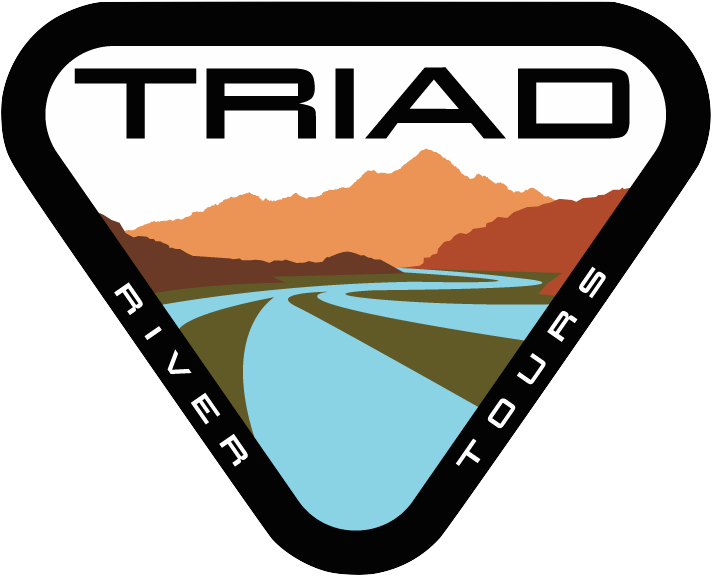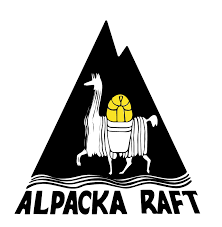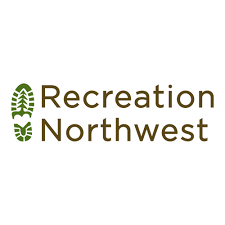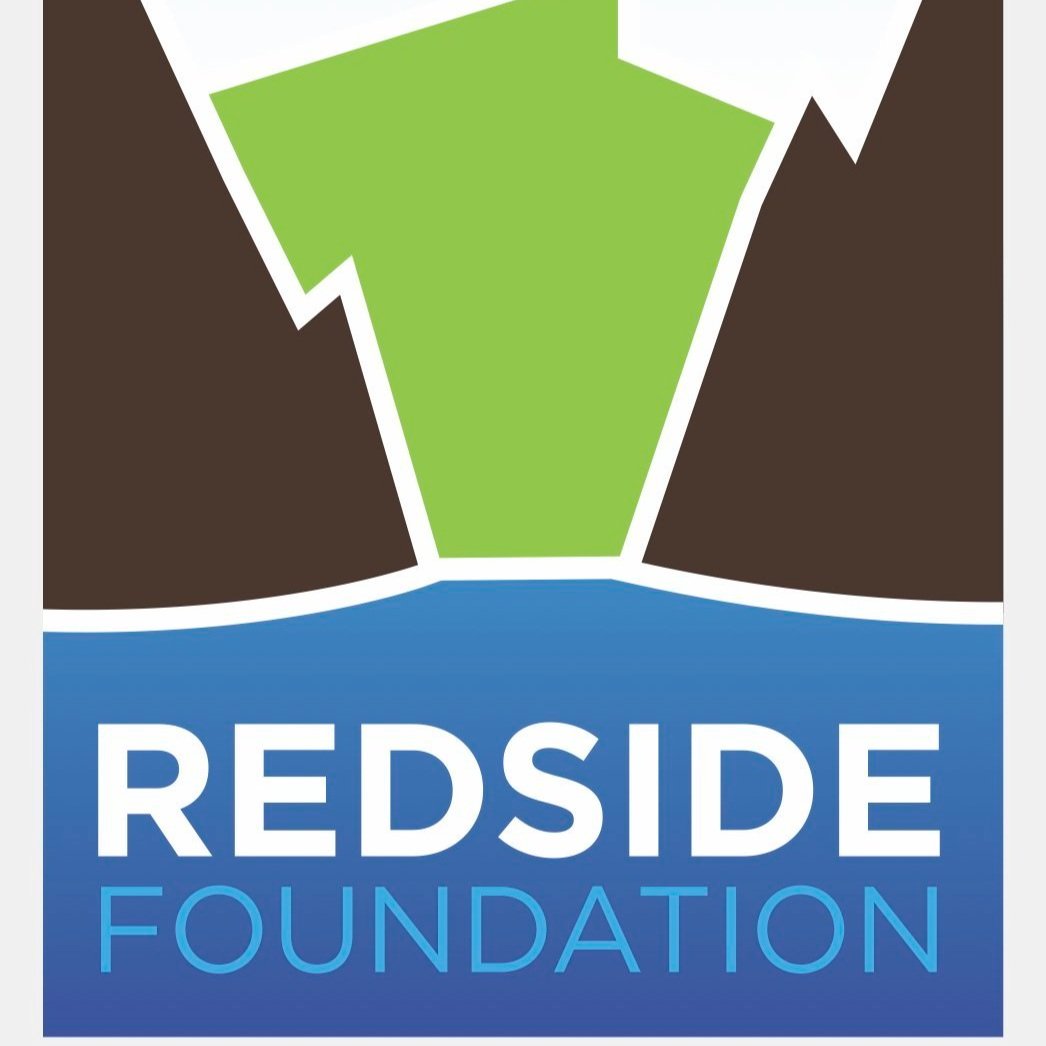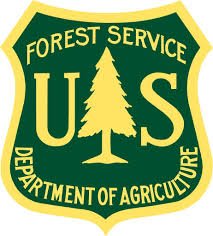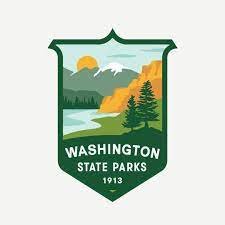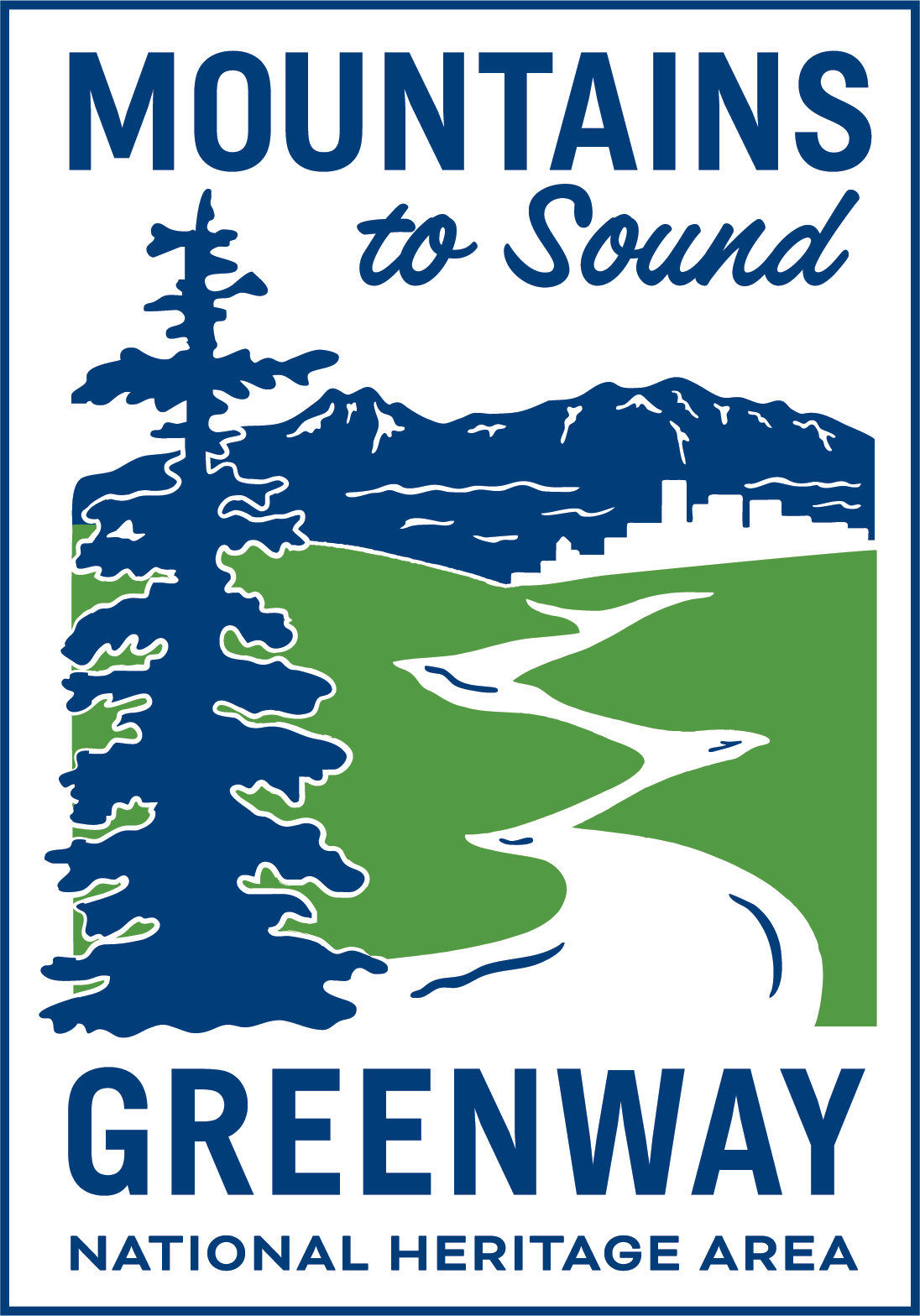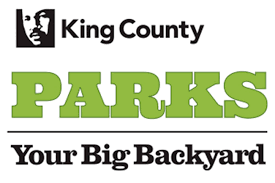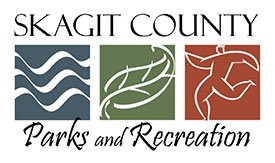As of 2013, only a quarter of US Forest Service trails were considered up to agency maintenance standards. A 314-million-dollar backlog in trail maintenance work left little hope for any increase in that number in the near future; there was little money in the already tight federal budget for the Forest Service, and what there was had to be carefully allocated. Though the Forest Service’s systems of trails drew in locals and visitors alike—along with their tourism dollars—the trails were falling more and more into disrepair.
The National Forest System Trails Stewardship Act was conceived as a solution to these issues. Signed into law in November of 2016, it outlines a plan to increase the role of volunteers, partners, and outfitting and guide companies in the maintenance of the USFS trail system. The strategy for chipping away at the enormous maintenance backlog includes designating priority areas within the USFS system in greater need of maintenance and increasing the number of volunteers doing trail work. These methods would increase trail maintenance without increasing the budget, a win-win for the Forest Service.
The Trails Stewardship Act outlines a plan to increase the role of volunteers, partners, and outfitting and guide companies in the maintenance of the USFS trail system.
Unmaintained trails are more than just an irritation—they can be a hazard. The overview of the Trail Stewardship Act itself describes how unmaintained trails “threaten access to public lands [and] cause increased environmental damage” as well as “threaten public safety.” Here in Washington we’re very familiar with some easy examples of unmaintained trails—the washed-out bridges, flooded roads and debris slides that block both trails and their access roads every spring. Some of these are repaired quickly, but others remain closed for years, even if the bridge in question provides access to an extremely popular trail. This example illustrates more than just the problem of access, though. If a bridge is washed out, hikers will attempt the stream crossing it was built to replace instead. Stream crossings and river crossings are notoriously dangerous, even for skilled backcountry travelers, and result in much higher risk than a bridge crossing of the same stretch of water.
One aspect of the Trails Stewardship Act is particularly interesting to the outfitters and guides who work on Forest Service land; a pilot program of stewardship credits, applied as a decrease in the land use permit fee of an outfitter or guide service who performs maintenance on the Forest Service trails and sites in their area. Companies must submit a proposal detailing what site or trail they plan to work on, what work they plan to do and how the maintenance will be carried out. This part of the Trails Stewardship Act allows guides operating on public lands to give back to the wild spaces their livelihoods are based on while decreasing their operating costs.
The Trail Stewardship Act addresses a serious trail maintenance problem in the Forest Service with community-based solutions, creating a path for those who love the wilderness accessed through USFS infrastructure to give back to the trails and sites that their adventures rely on.
You can read the Act Summary here.
Other sources:
“National Forest System Trails Stewardship Act,” American Hiking Society
“Sustain Our Nations Forests and Grasslands",” USFS
Read more:
Stewardship and the Recreation Community: Giving Back to the River
